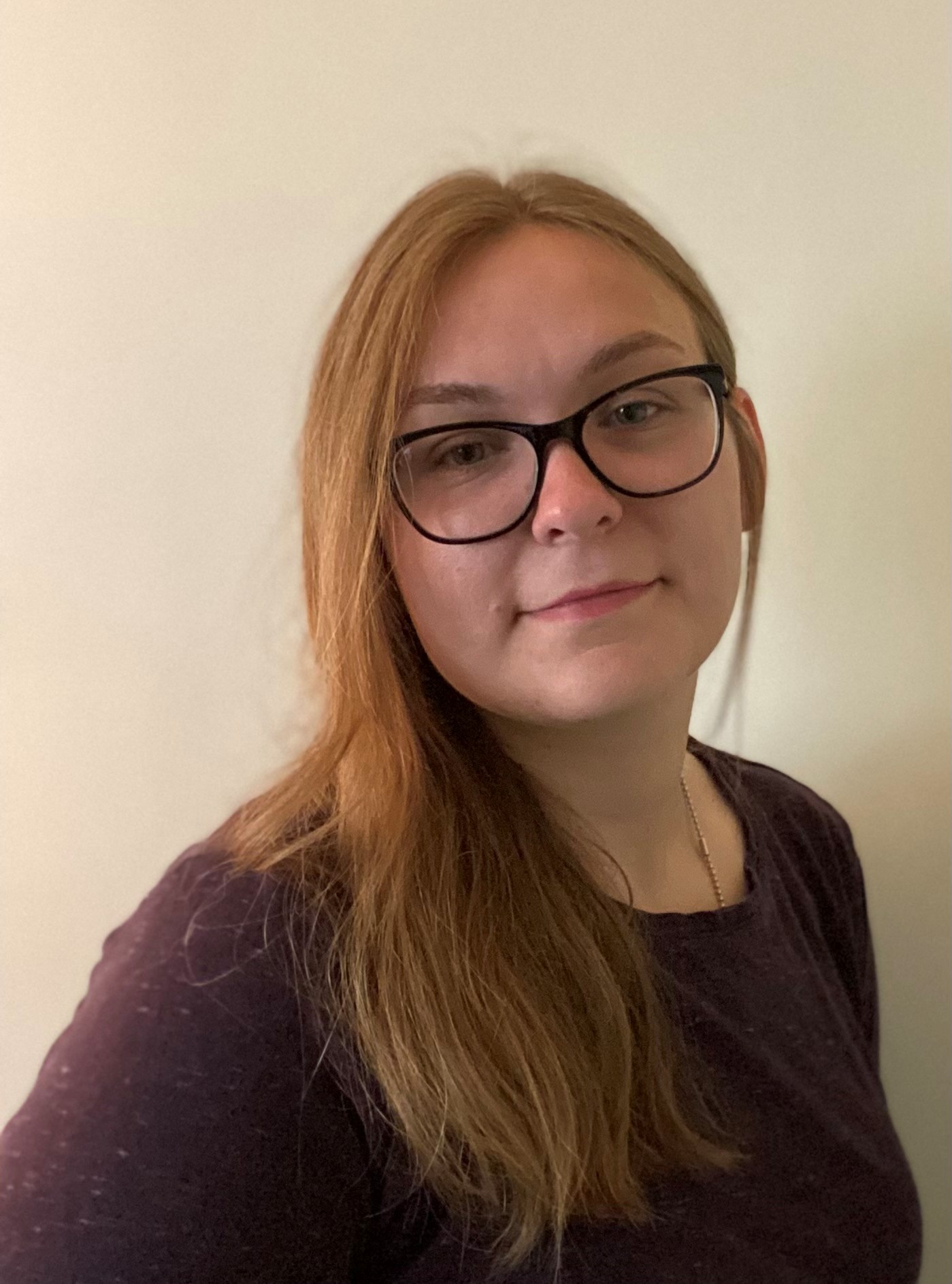 Quantitation of Microcystins and Nodularin in Drinking Water Samples to Meet EPA Method 544 Requirements Using Qsight LC/MS/MS
Quantitation of Microcystins and Nodularin in Drinking Water Samples to Meet EPA Method 544 Requirements Using Qsight LC/MS/MSDrinking Water
Oral Presentation
Prepared by M. Cyr1, F. Qin2, A. Dalmia1
1 - PerkinElmer, 710 Bridgeport Avenue, Shelton, Connecticut, 06484, United States
2 - PerkinElmer, 501 Rowntree Dairy Road, Woodbridge, Ontario, L4L 8H1, Canada
Contact Information: [email protected]; 12033796008
ABSTRACT
Cyanobacteria, also known as blue-green algae, can produce cyanotoxins known as microcystins and nodularin. Cyanobacteria are found in surface waters such as lakes, streams, and ponds and when conditions are favorable, cyanobacteria can bloom and release cyanotoxins into the water. Microcystin-LR is one of the most common cyanotoxins and ingestion will cause negative human health effects such as liver inflammation and hemorrhage, vomiting and diarrhea, and abdominal pain. The US EPA has a health advisory for a maximum level of microcystins as 0.3 μg/L for infants and young children and 1.6 μg/L for school-aged children and adults. EPA method 544 uses SPE-LC/MS/MS for quantitation of 6 intracellular and extracellular microcystins and nodularin in 500 mL drinking water samples. In this study, we show that the PerkinElmer Qsight LX50 ultra high-performance liquid chromatography (UHPLC) system coupled with the PerkinElmer Qsight 200 series triple quadrupole mass spectrometer can quantitate the 6 microcystins and nodularin as outlined in EPA method 544 with good detection limits from 16 ng/L to 80 ng/L. Our LC method allows for a 13-minute reduction in runtime compared to the suggested LC method in EPA Method 544. This method showed good accuracy with all recoveries within 70-130% and good precision with all RSDs below 30%.

